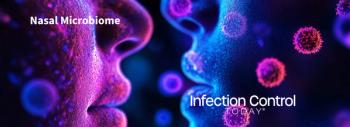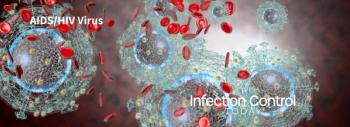
References
References
"Lessons Learned From SARS," by Linda R. Greene, RN, MPS, CIC, and AnnMarie Pettis, RN, BSN, CIC, page 43.
1.
2. Ksiazek et al. NEJM 2003:348;1953
3. Revised U.S. Surveillance Case Definition for Severe Acute Respiratory Syndrome (SARS) and Update on SARS Cases --- United States and Worldwide, December 2003 Vol 52, No 49;1202 12/12/2003
4.
5.
6. Ibid.
7. Evidence of Airborne Transmission of the Severe Acute Respiratory Syndrome Virus Yu etal NEJM 2004 350:1731-9
8. Outbreaks of Avian Influenza A (H5N1) in Asia and Interim Recommendations for Evaluation and Reporting of Suspected Cases --- United States, 2004 Vol 53, No 05;97 02/13/2004
9.
10. Ibid.
11.
12. Seto WH, Tsang D, Yung RW et al. Effectiveness of precautions against droplets and contact in prevention of nosocomial transmission of severe acute respiratory syndrome (SARS). Lancet 2003; 361:1519-20.
13. Ibid.
Newsletter
Stay prepared and protected with Infection Control Today's newsletter, delivering essential updates, best practices, and expert insights for infection preventionists.






